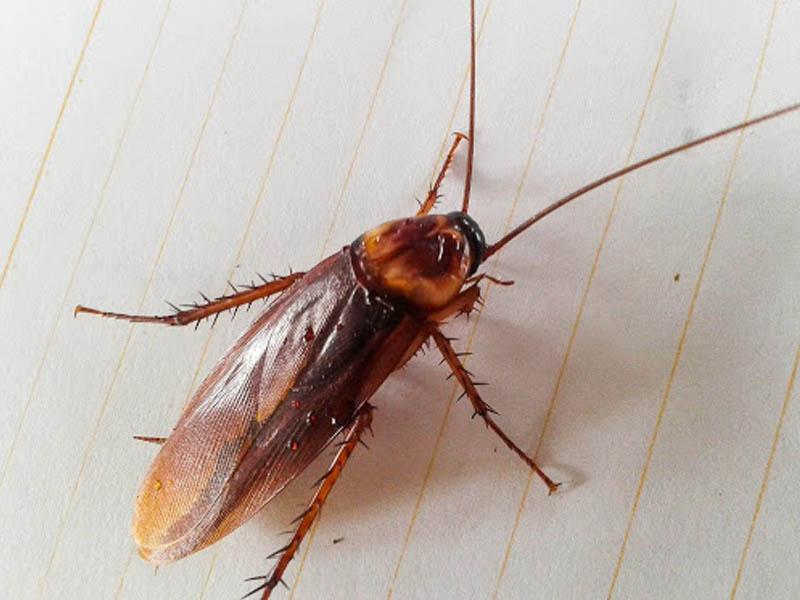
Теперь хочу на будущее узнать, кто ест клопов. Может, целесообразно использовать других насекомых, чтобы уничтожить вредных паразитов. Народные методы мне не помогли, химические – слишком агрессивные. Рано или поздно клопы появятся снова, это неизбежно, учитывая особенности нашего дома. Если это случится снова, причем в середине учебного года, мы окажемся в безвыходном положении. Скажите, эффективен ли такой способ борьбы с клопами. Вероника.
The author of the portal answers the question:
In my material below, you will learn about the enemies of bed bugs, those found everywhere around you.
Finding a victim - who eats bedbugs
Everything in nature is regular, cyclical, and provided for down to the last detail. Members of some species become food for others. This process is natural, it is difficult to control it from the outside (man), but also not always necessary. For example, in the case of bed bugs (bed bugs, street bugs), on the contrary, it is advisable not to interfere with natural enemies to destroy these pests. Parasites cause harm because they drink blood peopleand outdoor individuals destroy crops and plantings. For this reason, you can consider this method of pest control as an additional option. But it is necessary to know who eats bed bugs, so as not to destroy these enemies:
- insect predators;
- animals;
- spiders.
And the brethren bedbugs destroy each other. Different species of these pests can act as enemies.
Home parasites feed only on the blood of warm-blooded creatures, so they do not attack their relatives.

Insects that feed on house bed bugs
On residential properties, universal preparations are often used to kill all types of house insects. But after such treatment, toxic substances remain, which creates additional challenges to existence. Many of the insects that live in the home are capable of exterminating bed bugs. In this case, the treatment of the object can be postponed for a while, until the number of the colony of parasites is reduced.
Red Roach
The main source of food is organic residues that appear as a result of human activity (crumbs, uneaten food, etc.). Cockroaches can exist for a long time in an apartment where there is no suitable food. They first destroy leather, paper products. But also red cockroaches can destroy insects. Under normal conditions, members of these species live in different parts of the facility.
If necessary, cockroaches increase the area in which they search for food and enter other rooms.

House ants
These insects also primarily inhabit the kitchen. If there is not enough food here, they start looking for other food. Pharaoh ants are the most dangerous. Their body length varies from 2 to 6 mm, which is smaller than that of bedworms. For this reason, such individuals attack pests in twos or threes. The acid they secrete is lethal to the victim.
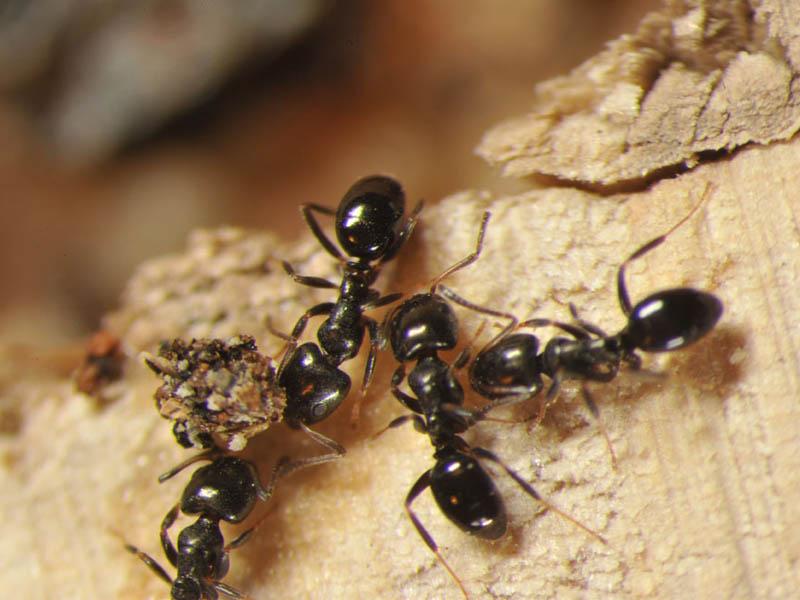
Flycatchers (millipedes)
It is a millipede of the class of sponges. It looks like a very unpleasant insect, but it is the natural enemy of bedbugs as well as other household pests (spiders, termites, flies, cockroaches, etc.). Flycatchers make a bite, inject poison into the victim's body, and then eat the victim.
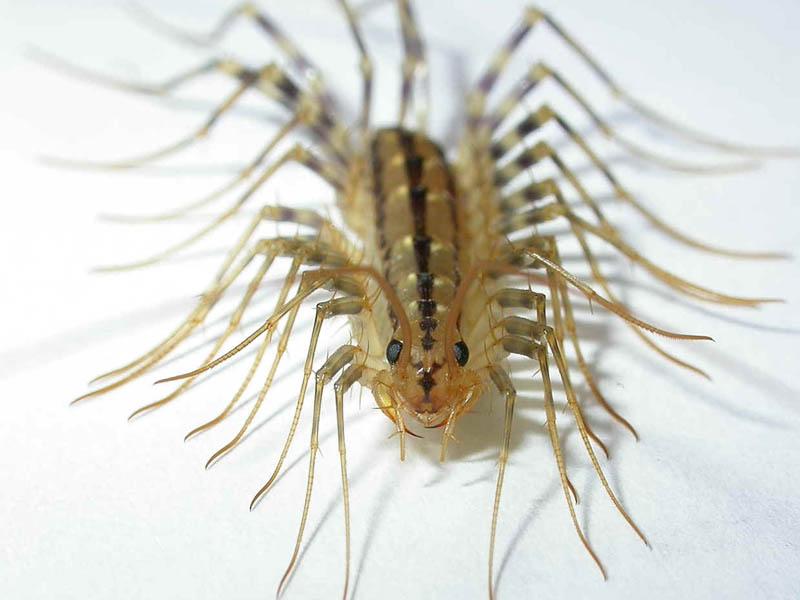
House spiders
They are predators and feed on a variety of insects. However, flying pests (moths, flies) are most easily netted by spiders. Crawlers are less likely to be destroyed by spiders.
In addition, these predators usually weave nets in corners where crawling pests are rare.
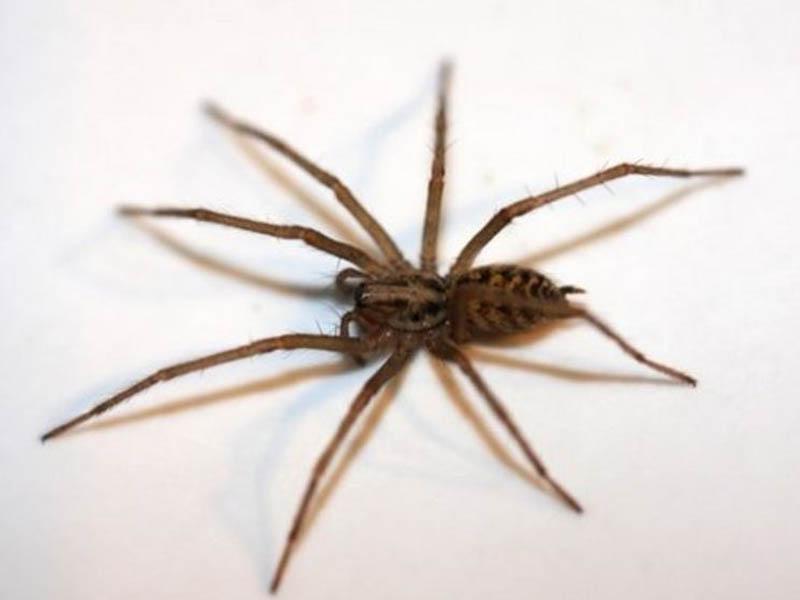
Other bedbug species (cannibalism)
Domestic parasites are not often exterminated by members of other species of this order. This is due to the fact that bed bugs-predators do not get into an apartment to humans purposely. Usually interspecies cannibalism occurs in nature. Then predators attack other individuals of the family that they themselves represent.
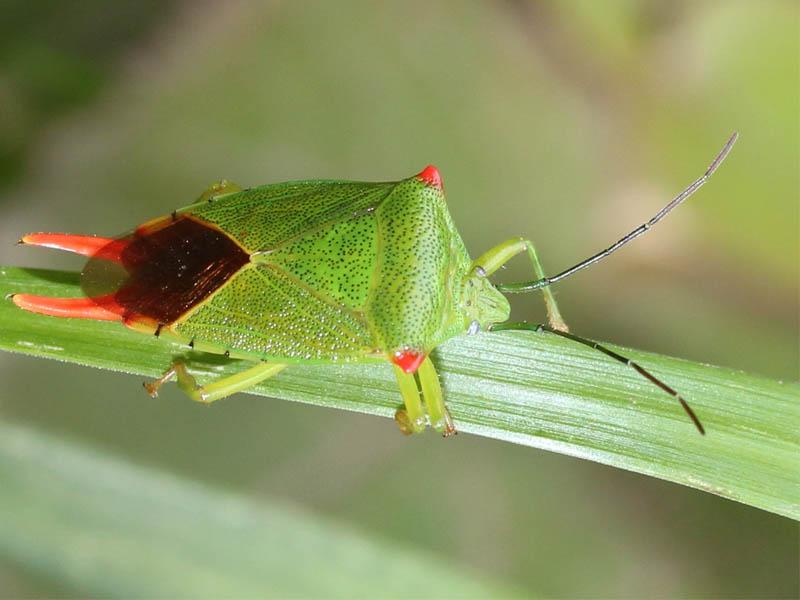
Dermestid beetles
They are small insects (body length 1-12 mm). There are a large number of species, only some live near other insects as they find food sources for themselves here. Small bugs are on the lookout for eggs of bedworms and can destroy the organic remains of these pests (shells of young individuals).

Pliers
Most bed bugs repel other pests by their smell. However, some species have their own natural enemies. For example, soldier mites of the families Laelaptidae and Phytoseiidaede attack.

Other varieties
Among the natural enemies of bedworms are scales. These insects live in different parts of the house. Bed bugs are closer to a person's sleeping place, while scales live in dark, damp places (the bathroom). Because of this, the insects are infrequent.
Species of fauna that feed on bed bugs in the wild
It's not just at home that there are enemies of vermin. You need to find out who feeds on bed bugs and will help reduce the population of such insects in the natural environment (on the property, in the field).
Naughty turtle
This is representative of the Shielded Tortoise Family. The insect reaches 10-13 mm in length, the body is pale in color (light brown tones). The turtle bug is the main pest of grain crops, so there is nothing wrong with some individuals being destroyed by natural enemies of bed bugs of this species:
- spider-beater;
- wolf spider;
- oxyopid;
- ants;
- bug hunter;
- phase.
- lacewings (the young of these insects attack the turtle bug during the larval phase, destroying the eggs);

Soldiers
As mentioned above, on such insects are attacked by members of certain species of mites. But soldier mites can also be a threat to each other. They live in winter, gathering in large numbers in one place. The lack of food pushes the insects to cannibalism.

Watermen
Birds are the main enemies of these bed bugs. They prey on with water gaugesas these insects move on the water surface. In addition, they are attacked by representatives of another species - Gladys, as well as water mites.

Shields
These Insects are represented by many varieties. Representatives of each of them have their own natural enemies:
- Phasian juveniles eat bed bugs that live on cruciferous crops;
- telenomines feed on the eggs of berryworts, tree guards, and "guards;
- spiders.

Pear Lacemaker
This pest refers to one of the bedbug species. It affects pear trees as well as apple trees, plum trees, etc. For this reason, it is important to control the number of such insects. Their main enemy is gadflies (representatives of another species of the seminiferous winged order). They feed on eggs and adults of pear lacewort.

Animals are natural enemies of bed bugs
Such insects are predominantly attacked by small natural enemies. These can be hedgehogs, birds, rodents, etc. Representatives of different species of bed bugs have their own enemies. Animals do not attack those individuals that can cause harm.
Jerzy
Bed bugs are easy prey. They do not crawl very fast and not all of them fly. Catching food is not difficult for a hedgehog, he can hunt pests in the natural environment or at home (if the hedgehog is a pet).

Amphibians
The most dangerous enemy is the frog. It has many opportunities to catch and destroy its victims. For example, the frog catches water snakes with its long tongue. It also feeds on other kinds of insects.

Birds
Many feed on plant food. They attack bedbugs and other insects if there are not enough main sources of food. Among birds, there is only one omnivorous representative, a bird of the whisker family (hunts small creatures that move around, even those that emit an unpleasant odor).

Rodents
The most dangerous is the field mouse. It feeds on insects in a non-targeted way. It can eat them when they are sitting on spikelets. Rodents also eat bed bugs when there is no other food. The source of food is adults, larvae, but not eggs (they are difficult to find).

Pets
Cats and dogs pay attention to crawling pests when humans have not noticed such insects for a long time. Pets do not always eat bed bugs, but out of interest. In most cases, the animals do not like their taste (if the insect is bitter - shield).

People
The most dangerous enemies of bed bugs are humans. While birds, animals, and insects eat these pests exactly until they feel full, humans can kill an entire colony.

Video tip (photo + video): who eats house bugs in the wild
Will those who eat bed bugs help get rid of them
Insects, animals, amphibians and other creatures do not set themselves complex tasks (they simply are not capable of it). Their main goal is to get a portion of food. Such natural enemies of bed bugs cannot eliminate the entire population, because the insects multiply all the time. For this reason, it is better to consider other methods of control.
Means and methods of effective impact in the home
A man has a dangerous enemy in his home. bedwetter. It multiplies rapidly, BitesThe best results are obtained by methods that require the simultaneous use of different types of agents. The best results are obtained by methods that require the simultaneous use of different types of means. If one considers insecticidesIt is important to use substances of different classes: pyrethroids and FOS or neonicotinoids.
Folk remedies can help scare away the remaining pests or drive away the first specimens that have appeared.
Chemicals
Blood-sucking insects are killed most quickly by insecticides. It is recommended to use the means of contact and combined action, because pests of this type will not be affected by preparations with a different working principle (intestinal). For independent control use
- powders: Clean House, Pyrethrum;
- Pencils - "Mashenka.
In addition, consider hiring exterminators. Specialists treat the apartment/home using the following methods cold и hot fog. The poisoning agent is dispersed around the room as a fine particulate matter. Such particles contribute to an environment resembling a fog. They continue to float for 2-8 hours, depending on the method of exposure.
For example, hot fog is more effective because the suspension is retained and does not settle for up to 8 hours at a time.
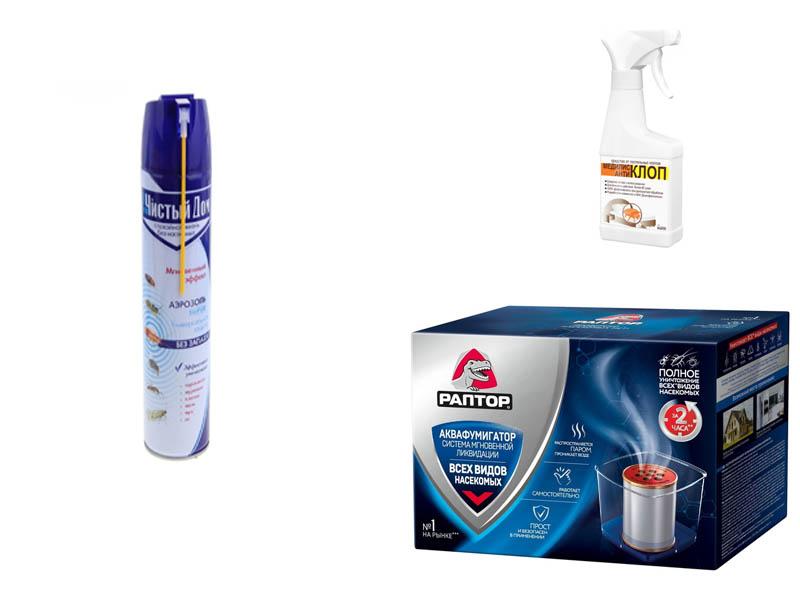
Folk recipes
This group includes fundsYou can use strong smelling herbs: mugwort, fennel, and lavender. You can use strong-smelling herbs: Artemisia, tansy, lavender. They will scare away the parasites. Plants should be placed inside the furniture. You can prepare decoctions, wipe surfaces with liquids. A less effective remedy is. essential oils. For hungry parasites, such substances do not create barriers. Other options, more toxic:
- ammonia;
- turpentine;
- kerosene;
- Vinegar;
- denatured alcohol;
- mothballs.
The components are used in their pure form or mixed with other substances. However, in each case there is an unpleasant odor, which even a person can hardly tolerate.

Reviews

Expert tips

- At home it is much easier to kill all insects with a universal insecticide: cockroaches, bedbugs, ants, it is too long to watch the representatives of one species kill the individuals of another, it may be more severe consequences for humans;
- animals and birds are natural enemies that do the best job of controlling insect populations: they kill enough individuals, but not all, so that members of these species do not disappear from the face of the Earth.
Conclusion
There are varieties of bed bugs that attack fellow bugs. There are also animals and birds that feed on these insects. Nature has provided many mechanisms for controlling pest populations. Features of this process:
- The main enemies are other predators. These insects inject a secret that liquefies the insides of their prey, allowing them to suck its juice.
- Animals and birds see bed bugs as an additional food source. Most of them eat these pests when there is no other food available.
- People are also a threat to parasites. But their methods of destroying insects are more dangerous - insecticides that poison entire colonies.

